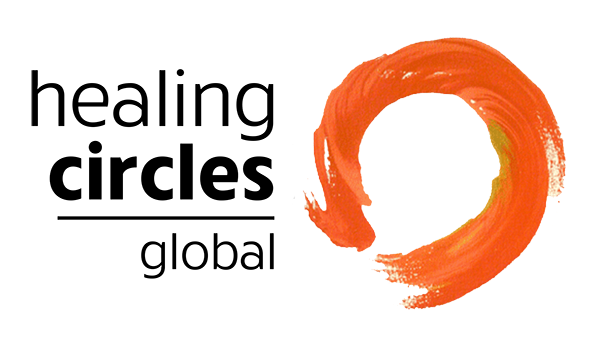| TOOLBOX TIPS |
 |
There is no playbook for any type of sudden death scenario; everyone and every situation is different and requires a lot of improvising. Religion and language often become the hardest elements to navigate and can be the biggest unintentional trigger. |
| For example, let the grievers lay out the language to be used. If they avoid the use of “suicide,” then you do too. If that’s the word they use, then you can use it, but be aware of the context in which the grievers are using language so you don’t contradict them or appropriate their usage. |
| —Katie Owrig |
 |
|
| SHARING SOURCES |
Healing Circles Global
|
| In 2006 Diana Lindsay was diagnosed with stage 4 lung cancer and told she had less than a year to live. When her doctor stated she had a 1% chance of living beyond the prognosis, she asked “OK, well, how do I get into the 1% club?” For Diana, and then later her husband, Kelly, who was diagnosed in 2014 with stage 1 kidney cancer, the answer was supportive community. |
 |
| Diana started researching anything and everything that could support her body and health at the time she was diagnosed. She decided to have a “big love-in,” gathering her people together at a big party to share her cancer news with her community all at once. |
|
|
 |
|
ASK INELDA
|
 |
| I have some anxiety around missing the last breath. Does it get easier to start recognizing when someone is about to die? —February training participant |
| Educator Garrett Ellis: I think it starts to become more intuitive. My ability to feel and get a sense of what is happening in the room has grown. I certainly cannot predict death, but you begin to get a sense of things changing in the atmosphere. Every death I have witnessed has been different. Use the signs and symptoms taught as guideposts and know that the speed of death is different for every single person.
Educator Wilka Roig: The signs and symptoms of active dying are not “there for us” to know when the final breath is going to happen. It is not a clock for us to start a countdown. The understanding of the process is there so we can help normalize and ease the anxiety of the loved ones. The signs and symptoms for an individual dying when no disease is present can go on for months, so regardless of when it may happen, we as doulas are there to support the dignity and humanity of the dying person. Also, while some would prefer to die surrounded by loved ones, a dying person may choose to take their last breath when no one is present. So it is important to remind loved ones of this, and to give some spaces of alone time to those who are dying in case their final breath is to be taken while alone. READ MORE |
| Please submit questions to [email protected] |
|
 |
|
| Self-Care Prescription |
|
An Extrovert’s Approach to Self-Care
|
Lately, I’ve been thinking a lot about self-care for extroverts. Many of the touted self-care tips and remedies are about slowing down, looking inward, and sitting with oneself—and trust me, I need all those things. Yet it all became clear to me as I stood in a crowd of people this past week for The Overnight, a walk to support the American Foundation for Suicide Prevention, that my self-care is community. The electric energy that I get when being together with others. The emotional connection that happened when I was asked to turn to my neighbor and say, “I got you!” The feeling of being in community and supporting each other feeds me.
I had asked a dear friend to walk with me a few months prior, and her reply was, “I can’t—from a self-care point of view, I can’t be up all night!” And I totally respect that. Knowing what sustains each of us can be radically different. As I walked throughout the night, each interaction I had made me more awake and kept me going. The more people that stopped and asked why we walked or cheered us on became part of that expanding community—feeding our energy and nourishing each other with love.
|
—Loren Talbot
|
|

